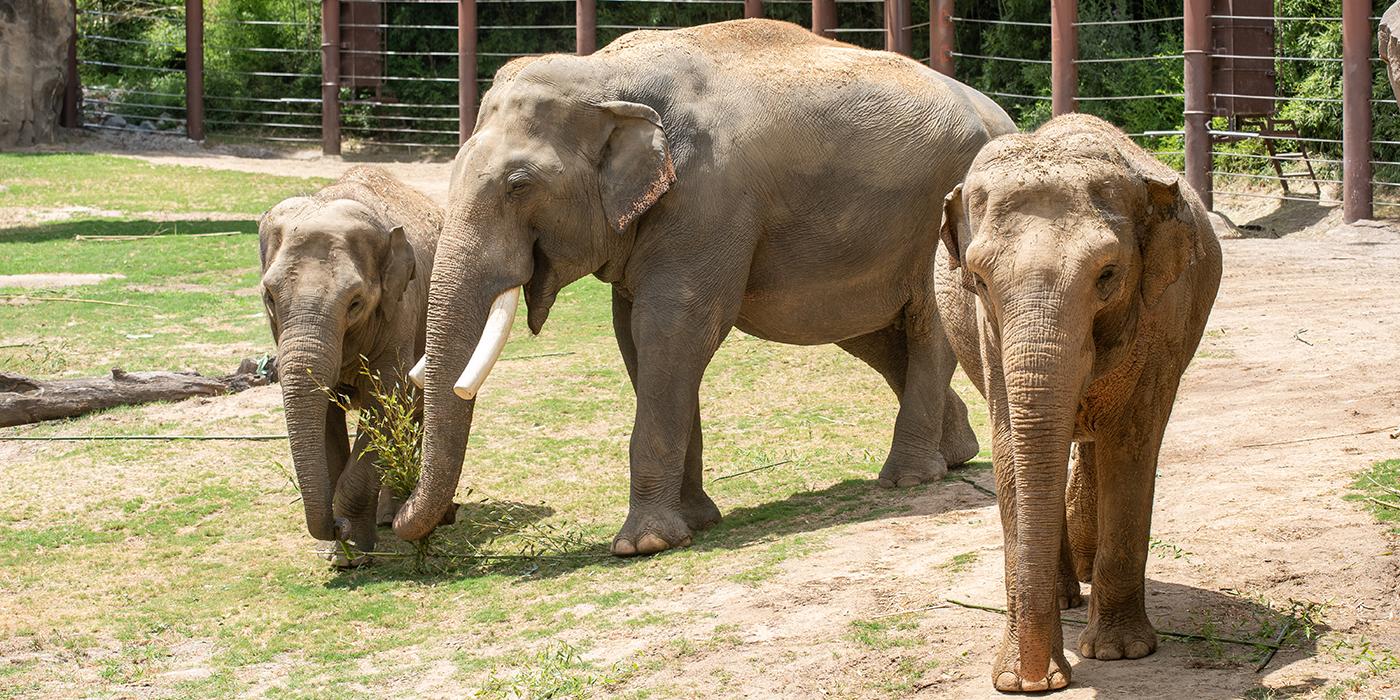How to Care for Asian Elephants
Raise your trunks for the world’s largest land mammal: the elephant! Find out how animal keeper, Rebecca Riley, cares for Smithsonian’s National Zoo’s Asian elephant herd.
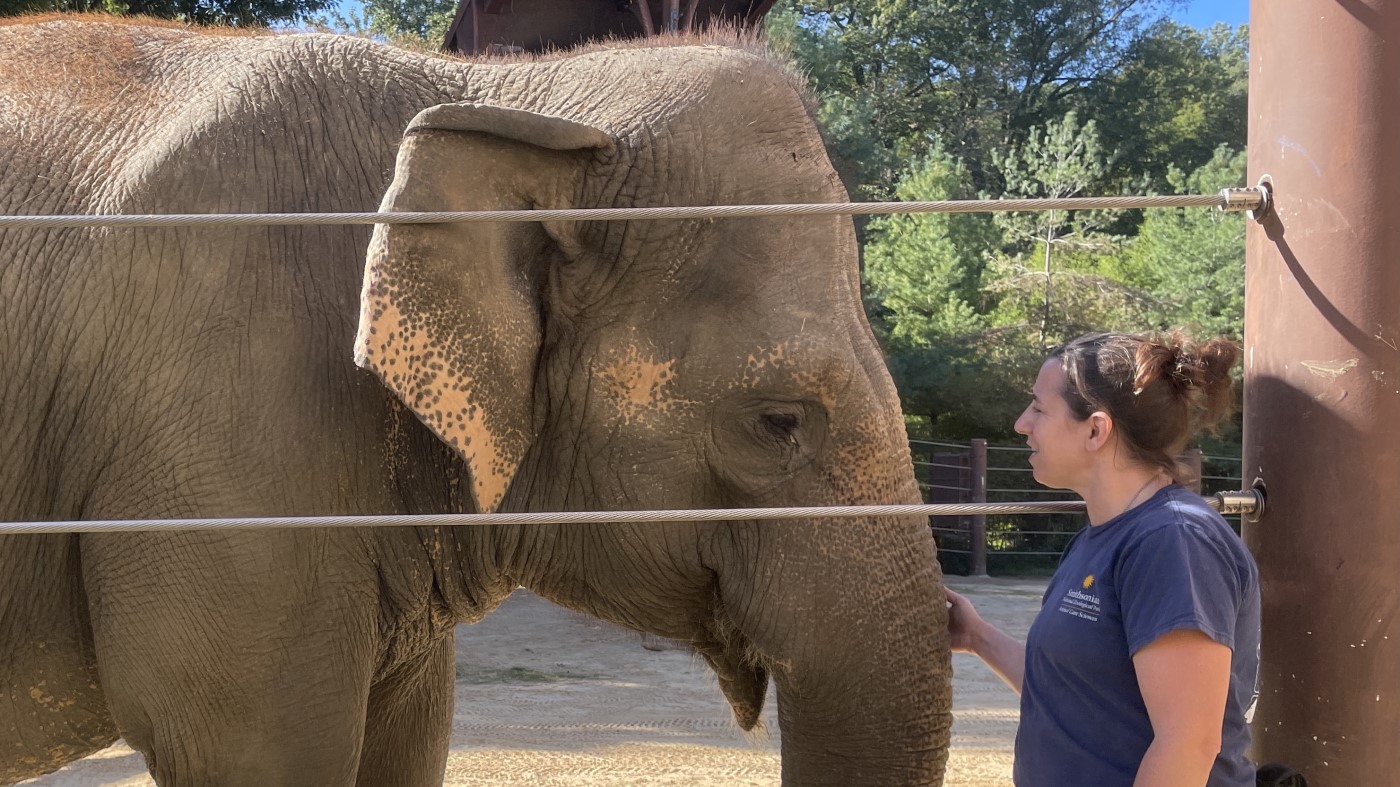
While attending a conference with other animal care professionals, Asian elephant keeper Rebecca Riley realized how important keepers’ roles are in sharing stories about the animals in their care, like Swarna here. (This photo was taken prior to spring 2020; since then, animal care staff have been required to wear personal protective equipment (PPE) at all times while working.)
Most people can only get up-close to elephants at a zoo. Visitors learn the elephants’ names, personalities and stories. As I got to know each of Smithsonian’s National Zoo’s elephants, my passion for the species grew. However, the biggest spark for me occurred while I was attending a conference with other animal care professionals. Here, I realized we are the animals’ voice.
Zoo elephants are ambassadors for their species, but it’s the keepers’ work, storytelling and knowledge that allow people to understand and care about elephants. We help visitors foster a deeper connection to these amazing creatures. Their love for the animals they meet here will hopefully spark a desire to help protect their wild counterparts.
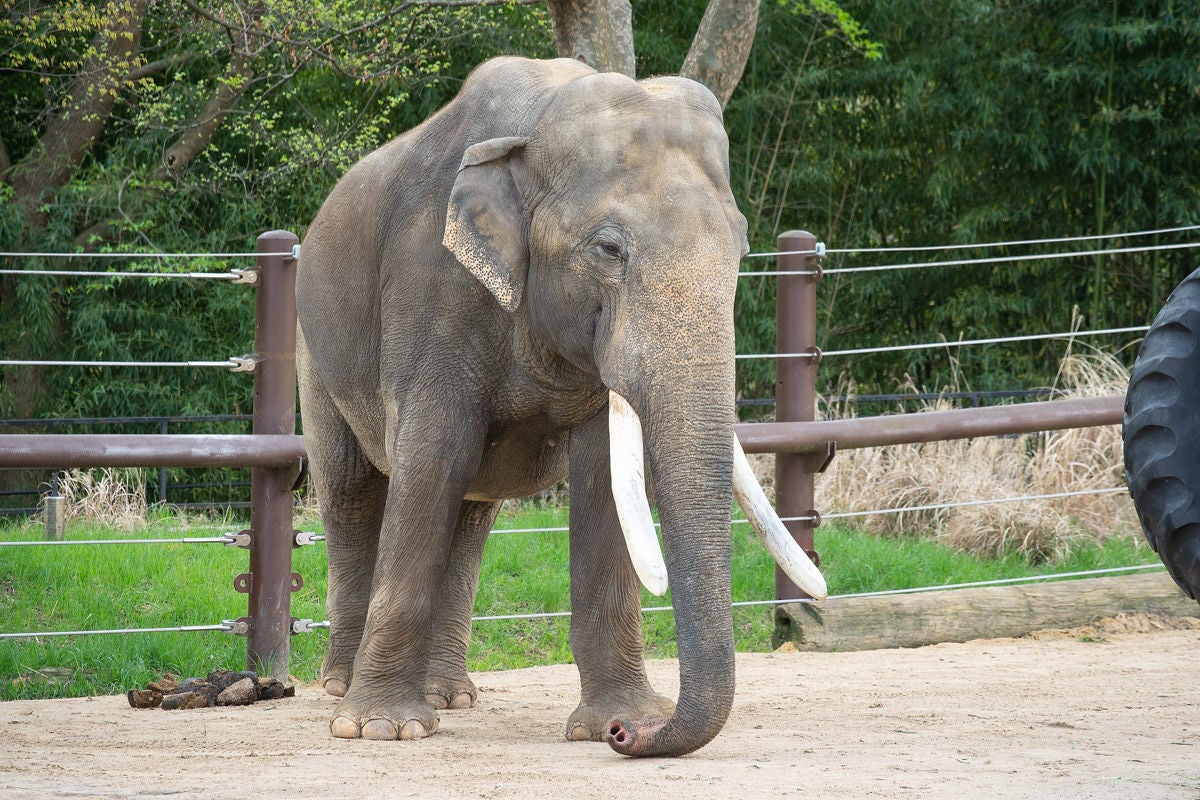
There are three surviving species of elephants today: African forest, African savanna and Asian. Both species of African elephant tend to be larger, and their backs are flatter. Asian elephants have a high crested spine, giving them a rounder and shorter body.
While all elephants use their trunks similarly, African elephants have two fingers at the tip. Asian elephants only have one. There is also a difference in tusk development. Only some male Asian elephants develop visible tusks, while both male and female African elephants develop them.

Asian elephants currently live in 13 Asian countries; their natural habitat includes hilly terrain, mountain ranges and valleys. Historically, their range was much broader, but threats from habitat loss and poaching have impacted populations significantly. By studying the way that elephants interact with each other and with their environment, zoos — including the Smithsonian’s National Zoo — are helping conservation scientists better understand these animals and mitigate the threats to their survival.
Elephants are very intelligent, so providing them with enrichment that exercises their minds as well as their bodies is an important part of caring for them. To mimic their natural forest environment, for example, we use giant logs to give the elephants something to scratch, rub or push around like they would a tree. Recycled firehose, too, can simulate vines. Large items — like tires and giant wobble toys — give our 40-year-old male, Spike, something to demonstrate his strength while he is in musth.
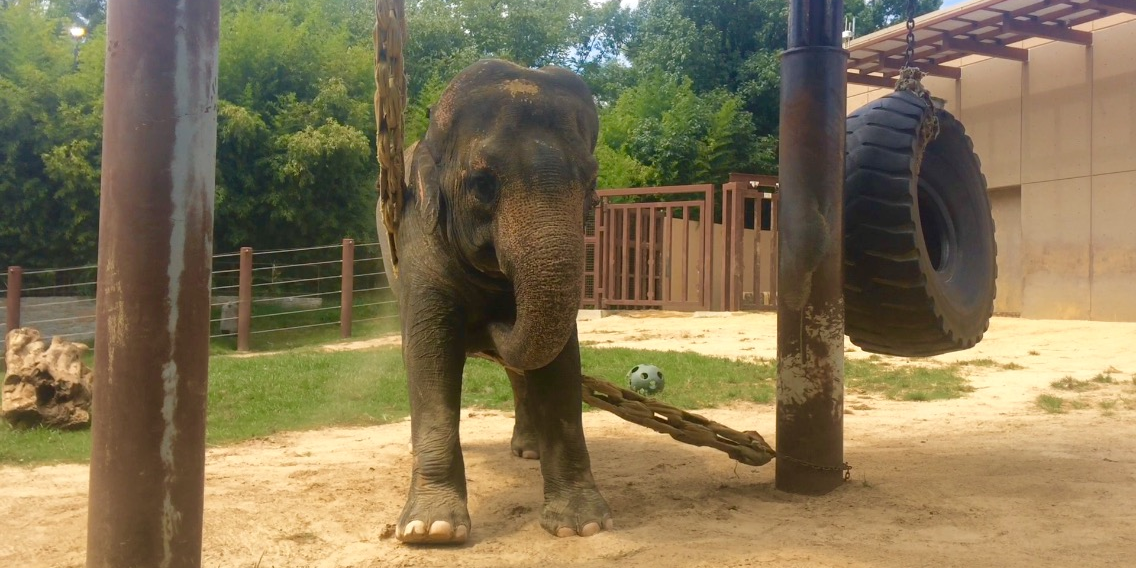
Scent enrichment can greatly affect the way our elephants interact with their environment. Some scents, like another elephant’s urine, might encourage an elephant to explore and area more. Others might have the opposite effect. When we presented our elephants with some charred wood, they did not seem to like it. It makes sense they would have a negative reaction to something that, in the wild, would signify danger in their environment.
As herbivores, Asian elephants eat plant-based foods that are high in fiber. The bulk of their diet is comprised of hay, but they also receive bamboo and browse (leafy branches). To encourage our elephants to forage and explore, we have positioned feeders at different locations around their habitat, and they sporadically drop hay throughout the day.
Interacting with keepers is another form of enrichment. We use operant conditioning to train our elephants, which means the elephants have the choice to voluntarily participate in training or choose to spend their time doing other things. If they choose to participate, they receive positive reinforcement in the form of a favorite food or verbal praise — which also helps build their confidence and trust in us. When we train a new behavior, they receive “jackpot” rewards, like watermelon and cantaloupe.
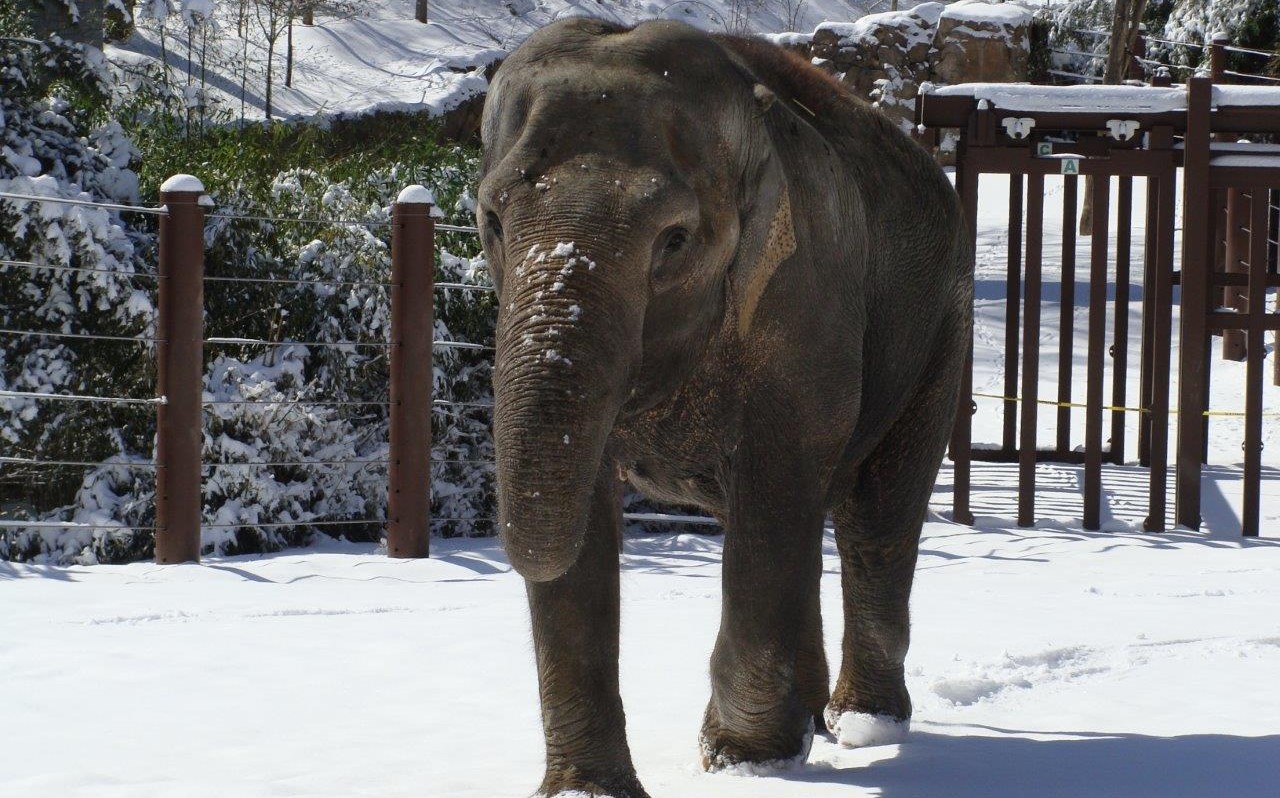
It can be challenging to care for elephants due to their size and strength, but our facility is designed to keep both the animals and our team safe. Having a good relationship with the elephants — knowing their personalities, likes and dislikes — can help our team provide the best care for each individual elephant.
Of all the elephants, I have the closest relationship with Swarna. Securing her trust is vital for both her day-to-day care and for veterinary exams. When she arrived at the Zoo in May 2014, our veterinary team noted that her teeth showed unusual pattern and wear. They wondered if we could train Swarna to voluntarily participate in radiographs.
My fellow keeper Becca Spickler and I worked with Swarna to get her accustomed to the procedure. When it came time for us to take the actual radiograph, she was a pro! As her primary trainers, Becca and I took a lot of pride in Swarna’s accomplishment.

Becoming an elephant keeper takes perseverance; it can be tough to get your foot in the door. Our job is physically, mentally, and emotionally demanding, but caring for animals is my passion, and I wouldn’t want any other career. At the end of the day, this job is all about building relationships with the elephants, caring for them and contributing to their conservation. That’s what makes being a keeper worth it.
Eager to meet the Zoo’s elephant herd? Plan your visit today!
Fill your trunks with more stories from animal care experts all over Smithsonian’s National Zoo and Conservation Biology Institute here.
Related Species:


